Eduardo Souto de Moura is known for integrating the clean lines of minimalism with elements as colour and local materials.
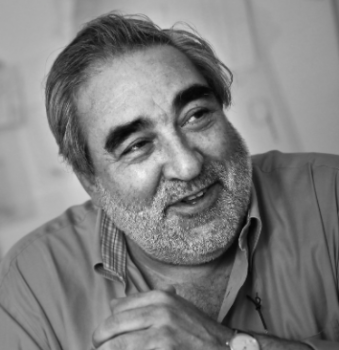
image source: https://search.creativecommons.org/photos/78ef09ad-6930-43c5-ab6b-d51da8517734 by 準建築人手札網站 Forgemind ArchiMedia
About his life
Eduardo Elísio Machado Souto de Moura; born 25 July 1952, better known as Eduardo Souto de Moura, is a Portuguese architect. Along with Fernando Távora and Álvaro Siza, he is one of the alumn of the Porto School of Architecture, where he was appointed Professor. Souto de Moura was awarded the Pritzker Architecture Prize in 2011 and the Wolf Prize in Arts in 2013.
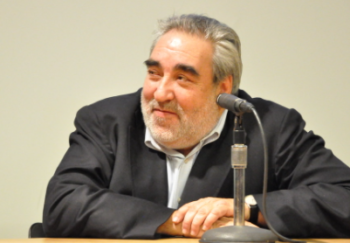
image source: https://search.creativecommons.org/photos/eb13a009-f903-4688-885a-4aa174436517 by Columbia GSAPP
What are the main features of Souto de Moura’s style?
Throughout his work, his diverse use of materials such as bricks, granite, steel, wood, marble and concrete has consistently been praised. He strives to find an original use for everything, not just materials but also colour. He often incorporates colour in an unexpected and distinct way, perhaps most notably with Paula Rêgo Museum in Cascais, Portugal. The colour may seem stark to some, but was praised for how it complements the landscape and its natural surroundings. Receiving such high praise throughout his career, unsurprisingly his work has won him many awards.
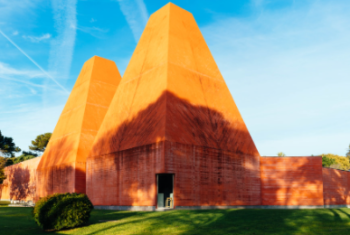
image source: https://search.creativecommons.org/photos/ed40690e-31e7-4a0f-b848-e8415a1bd727 by wuestenigel
What are his most famous works?
His first major commission was the Municipal Market in Braga, Port. (1980–84; remodeled by the architect in 1997–2001). In the following years he steadily engaged in building single-family houses, mostly in northern Portugal.
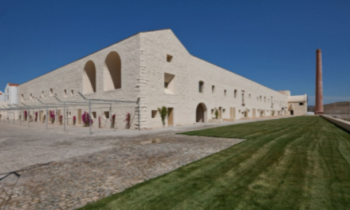
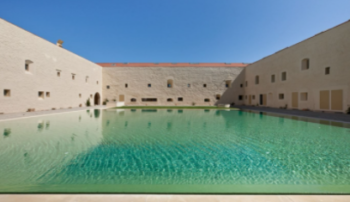
images source: https://afasiaarchzine.com/2014/10/eduardo-souto-de-moura-2/
An exhibition space called Cinema House (1998–2003)—with its base that suggests a shutter gauge and its two large hooded windows that suggest camera lenses—was designed for the Portuguese film director Manoel de Oliveira. Among Souto de Moura’s many other projects in Portugal were the cultural centre Casa das Artes in Porto (1981–91); the conversion of a former Cistercian monastery into a state inn, the Pousada de Santa Maria do Bouro in Amares (1989–97);
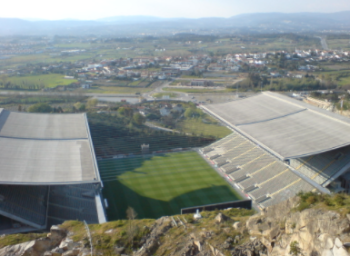
image source: https://search.creativecommons.org/photos/2e3ac1dd-107f-4734-b350-05e8ea141d94 by 準建築人手札網站 Forgemind ArchiMedia
Braga Municipal Stadium (2000–03); the Paula Rego Museum in Cascais (Casa das Histórias Paula Rego, 2005–08), which houses the work of that Portuguese artist; and the Burgo Tower, an office complex in Porto (2007).
Other works
He also designed many other structures, including a bridge, a wine cellar, golf resorts, exposition pavilions, and several more office buildings. Before receiving the Pritzker, Souto de Moura worked chiefly in Portugal, with the occasional excursion into such countries as Italy, Spain, Switzerland, and Belgium.
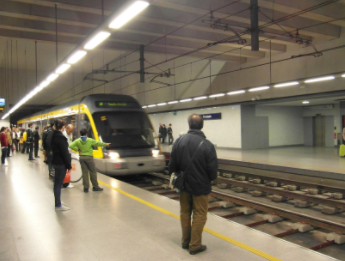
image source: https://en.wikipedia.org/wiki/Porto_Metro#/media/File:Metro_do_Porto_-_Esta%C3%A7%C3%A3o_Trindade_(8232694389).jpg
info source:
https://en.wikipedia.org/wiki/Eduardo_Souto_de_Moura
